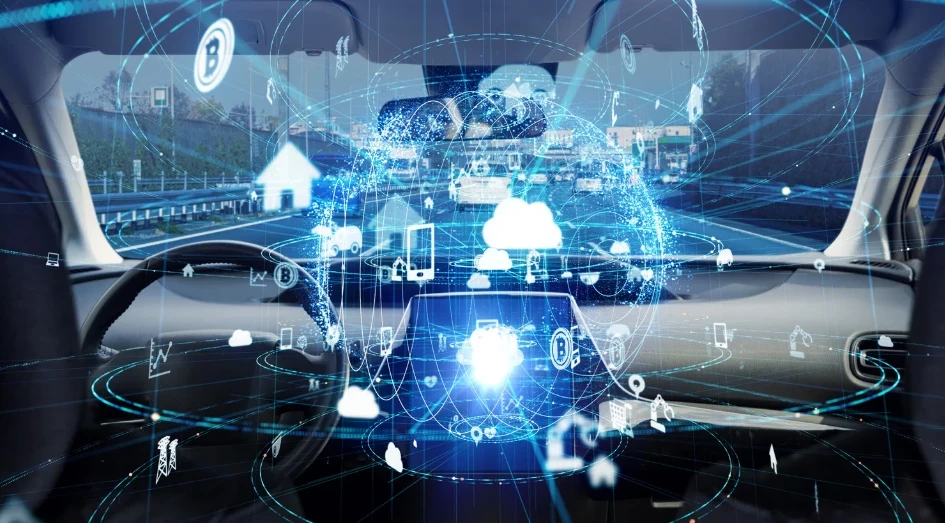Zoox on HMI and Ergonomic design in autonomous & shared vehicles
Add bookmarkMs. Sanborn, HMI and Ergonomics Integration Engineer at Zoox Inc., will talk about how HMI and Ergonomic design will change with the introduction of fully autonomous and shared vehicles.
She will discuss how to approach designing a meaningful space for passengers when the human driver is removed and vehicles are shared within the community.
Q1. What is your role at Zoox when it comes to HMI integration into the vehicle?
I work on ensuring that customers fit into our vehicles in a comfortable way and can interact intuitively with the robot. I form a link between our product team, which identifies the customer desire for the product, and our engineering teams, which build the physical vehicle and software that make it work. I’m basically a customer advocate with engineering knowledge.
Q2. You previously worked on HMI with FCA. What is different to working now in a dynamic start-up on HMI?
Start-up life moves a lot quicker than in traditional automotive. There are fewer processes and red-tape and much more iteration in shorter periods of time. You work on lots of different projects and wear many hats. I work with some of the brightest minds in their fields who have taught me more in one year about building a vehicle than in multiple years working in traditional automotive. There are also growing pains. The reward for working on and building something that is going to change the world makes the madness worth it and fun.
Q3. Zoox is developing shared, self-driving vehicles. There are for sure new challenges with shared vehicles when it comes to HMI. What are these challenges?
Simply put, people want things their way. In the automotive space, they also want to know that they can trust the product to keep them safe. Building a vehicle that can accommodate personalization among customers in a community-like setting while also getting someone safely from point A to point B is the largest integrative challenge the autonomous ride service industry will face. We, of course, want every customer to be a satisfied customer.
Q4. How does Zoox tackle those challenges?
When you are building a product from the ground up, you always start with the customer need. We at Zoox approach our product through the customers’ eyes. We strive to provide the highest level of quality and safety in our designs while tackling new technology and ways of interacting in the automotive space. This requires cross-functional collaboration and a dedicated effort by many hard-working individuals to bring the product to life. The ultimate goal is to provide a space that is safe, comfortable, and exciting.
Q5. How do you see mobility-as-a-service develop in the next 10 years?
Mobility as a Service, done correctly, should solve some key challenges—including safety risks, congestion, and pollution. Lyft and Uber have demonstrated that that people are interested in this alternative form of transportation. Autonomy is the next step. I think we’re going to see a radical shift toward autonomous ride-share services that break the mould of the traditional car and transition into a different ride experience that solves some of these tough societal issues.
Q6. What will be the content and structure of your presentation at the IQPC event?
I will be giving a presentation about how HMI and ergonomics need to change with the introduction of fully autonomous and shared vehicles. My talk will focus on the challenges surrounding consumer trust, how to design meaningful interactions with a robot, and how to create a safe, shared space for consumers.































